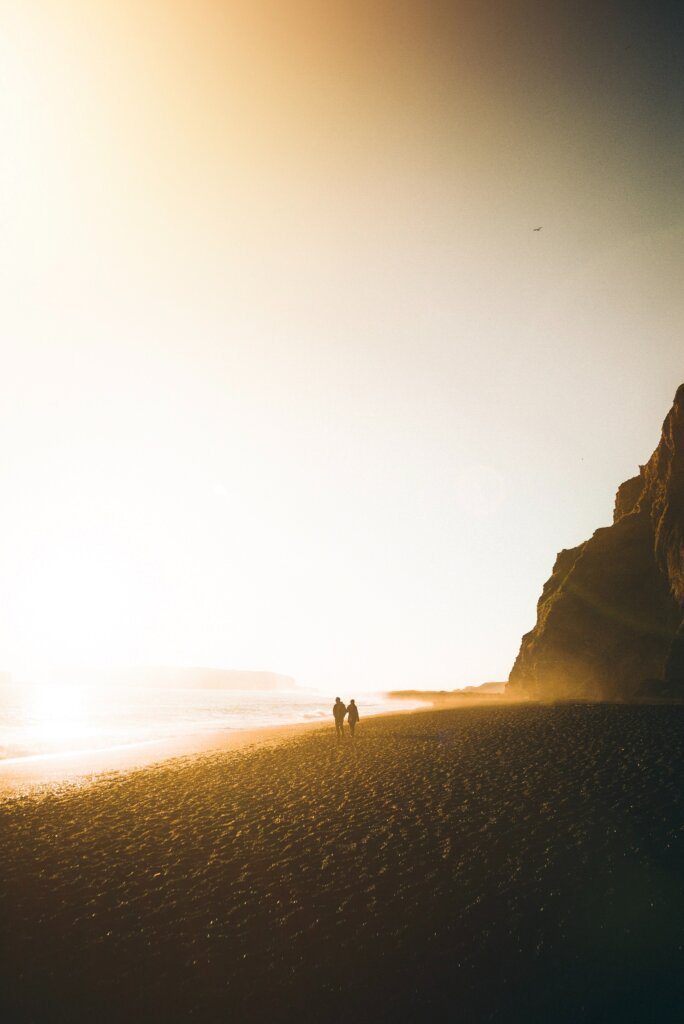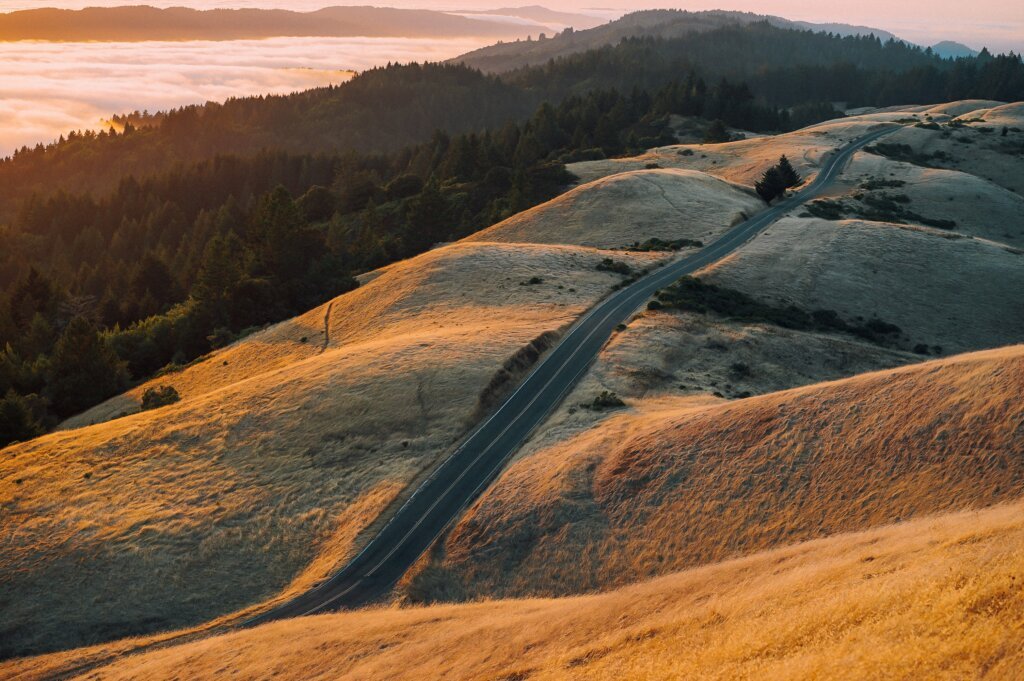There exists a fleeting period at the start and end of each day when the world transforms under a soft, glowing light—a phenomenon that photographers and nature lovers alike cherish. Known as the Golden Hour, this is when the sun, low on the horizon, casts a warm, diffused radiance that turns ordinary scenes into mesmerizing works of art. For those looking to delve into the art of capturing these enchanting moments, understanding and preparing for Golden Hour photography is the key to unlocking a new realm of creative possibilities.
Decoding the Golden Hour
At its core, the Golden Hour is much more than just a pretty light; it’s a dynamic interplay of natural physics and visual perception. Occurring briefly just after sunrise and again before sunset, this period is defined by the sun’s low angle, which allows its rays to scatter through the atmosphere. The result is a gentle, golden glow that softens harsh shadows and enriches colors, giving your images an ethereal quality. The subtle interplay of light during these moments can create portraits with dramatic silhouettes, landscapes bathed in radiant hues, and urban scenes that evoke a sense of nostalgia.
Geographical location and seasonal changes play critical roles in determining the duration and intensity of this light. In some regions, the Golden Hour may stretch longer, while in others it can pass in what feels like an instant. Familiarizing yourself with local sunrise and sunset times, perhaps through apps or websites dedicated to tracking these details, ensures you won’t miss these precious moments.

Charting the Course: Planning Your Golden Hour Shoot
The transient nature of the Golden Hour means that timing and preparation are everything. Before stepping out with your camera, it’s essential to scout your chosen location and carefully plan what you wish to capture. Do you envision a vast landscape illuminated by the soft morning light, or perhaps a close-up portrait where the skin tones are enhanced by the sun’s caress? Clarifying your intentions can make all the difference.
Seasoned professionals remind us that the Golden Hour isn’t solely about the light itself but about the story the photographer intends to tell. Consider the scene’s composition and how the interplay of light and shadow can work in harmony with your subject. Experimenting with different angles and perspectives in advance, even if only mentally, can prepare you to exploit the fleeting magic when it arrives.
Mastering Your Tools: Camera Settings and Techniques
While nature provides the enchanting backdrop, the final image is ultimately a result of your technical prowess. Golden Hour photography demands a thoughtful approach to camera settings:
- Stability is Crucial: As the light dims, camera vibrations become more apparent. Employing a sturdy tripod can be invaluable in maintaining clarity and preventing unwanted motion blur.
- Take Command with Manual Settings: Rely on manual mode to adjust aperture, shutter speed, and ISO. This control allows you to tailor the exposure precisely, capturing the soft light and subtle details the scene offers.
- Optimize Your White Balance: Setting your camera’s white balance to “Daylight” or “Cloudy” enhances the inherent warmth of the light, ensuring that the golden tones are accurately represented in your final image.
- Experiment and Innovate: Don’t be afraid to vary your angle or reposition yourself. Shooting from a variety of perspectives can uncover unexpected details and create images that stand out from the ordinary.
By embracing these techniques, you not only capture the scene as it is but also infuse your personal vision into each shot.

The Final Flourish: Post-Processing and Storytelling
The magic of the Golden Hour extends beyond the moment of capture. Once you’ve secured your images, post-processing offers an additional layer of artistic expression. Editing software such as Lightroom or Photoshop can help refine your work by adjusting the exposure, contrast, and color balance. However, it’s important to use these tools as enhancements rather than crutches—the goal is to honor the original beauty of the light while subtly elevating your creative vision.
Think of editing as the final stroke on a masterful painting—it should complement and complete the work rather than overpower it. Aim for adjustments that preserve the natural warmth and delicate nuances of the scene, ensuring that your final photograph remains true to the fleeting emotion of the Golden Hour.
Embracing the Golden Hour: A Photographer’s Journey
In essence, Golden Hour photography is a celebration of light, time, and the art of capturing moments that would otherwise be lost in the mundane rush of daily life. It’s an invitation for novice and experienced photographers alike to pause, observe, and embrace the subtle beauty that occurs when the sun meets the horizon. With thoughtful planning, technical mastery, and a passionate eye for detail, each image you capture during these moments can tell its own unique story.
For those eager to further explore the intricacies of light and its impact on photography, resources such as Understanding Light: Book One provide an excellent foundation. This guide demystifies how light interacts with our subjects, offering practical insights that can empower photographers to push the boundaries of their creative expression.
So, the next time you find yourself witnessing the dawn or dusk, take a moment to appreciate the fleeting beauty of the Golden Hour. Grab your camera, experiment with new techniques, and let nature’s most gentle light inspire your next masterpiece. The world, bathed in a luminous glow, awaits your creative touch.

